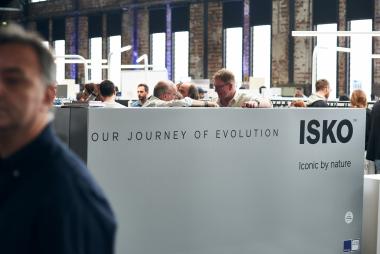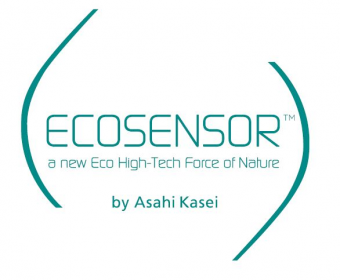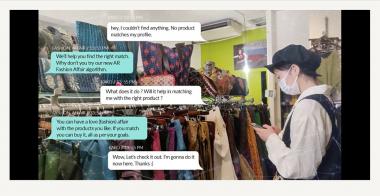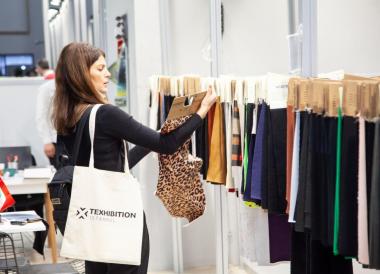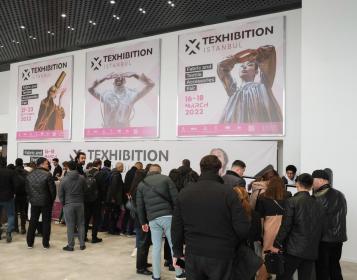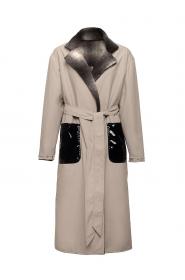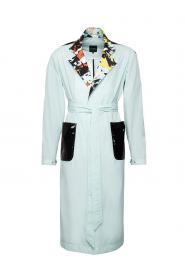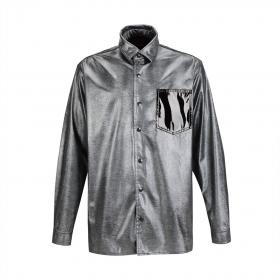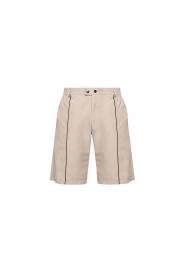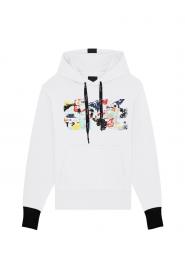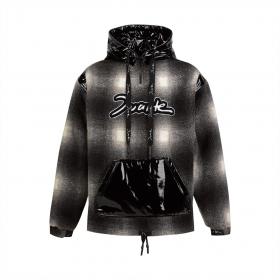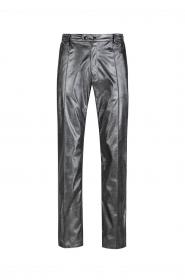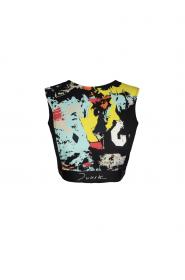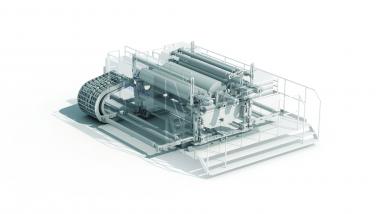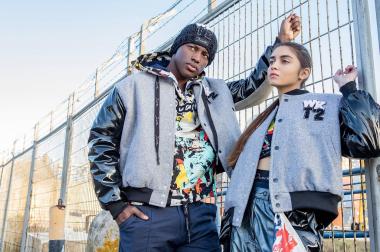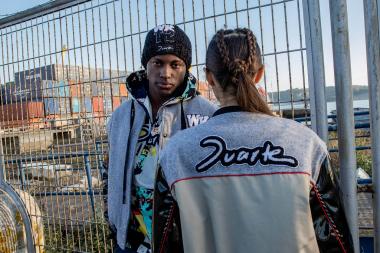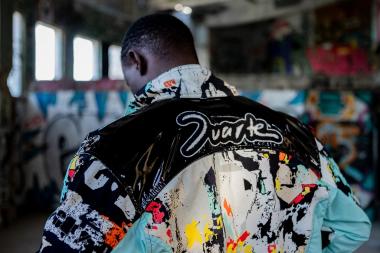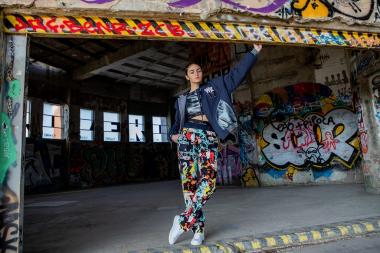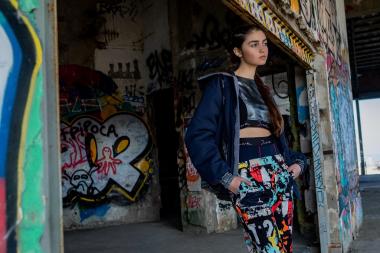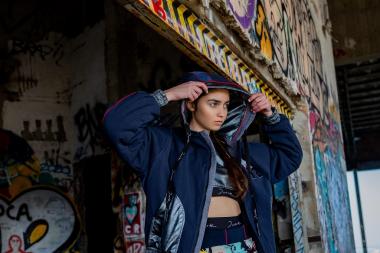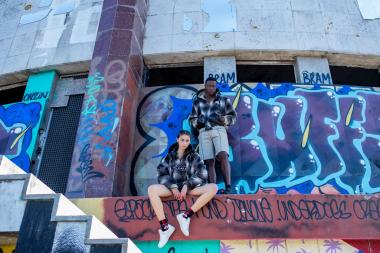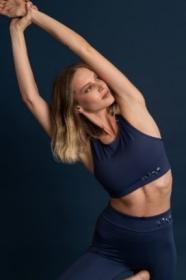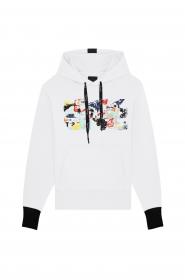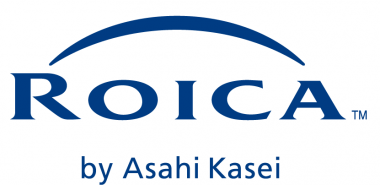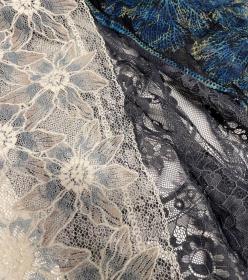ISKO returned to Denim Première Vision showcasing its 2023 Collection Vol.2.
Denim Première Vision marks the denim ingredient brand’s return to the tradeshow scene. Under the spotlight is “Iconic by nature”, ISKO’s show concept illustrates the company’s journey of evolution led by its signature Responsible Innovation™ approach. On this occasion, ISKO launches its 2023 Collection Vol.2 with new technologies, finishes and colors, and expressing the company’s passion for a cleaner and safer planet, laying the new foundations of ISKO’s sustainable fashion revolution.
The entire 2023 Collection Vol.2 contains recycled materials, and the majority consists of R-TWO™50+ fabrics made with a minimum of 50% recycled fibers, entirely GRS certified, resulting in less use of natural resources and a reduced carbon and water footprint of up to 45% and 65% respectively. An important and responsible development of this collection is that it features denim containing recycled and/or regenerated fibers, through unique fiber technology significantly saving on resources and energy while allowing for controlled traceability along the supply chain.
The new collection features comfortable ISKO Reform™ Xp 100, allowing for a flattering fit and enhanced shape retention; ISKO Reform™ Hp, characterized by incredible holding power, granting a more streamlined and slimmer appearance; ISKO Blue Skin™, a stretch technology that works 4-ways to respond to the body’s movement like a second skin; ISKO Pop™, a patented concept that starts from the yarn, developed to give a touch of glamour with a soft cotton hand feel. Colors are key in the new collection too, with an important aspect regarding the use of mineral colors, natural dyestuffs.
ISKO / Menabò Group srl


